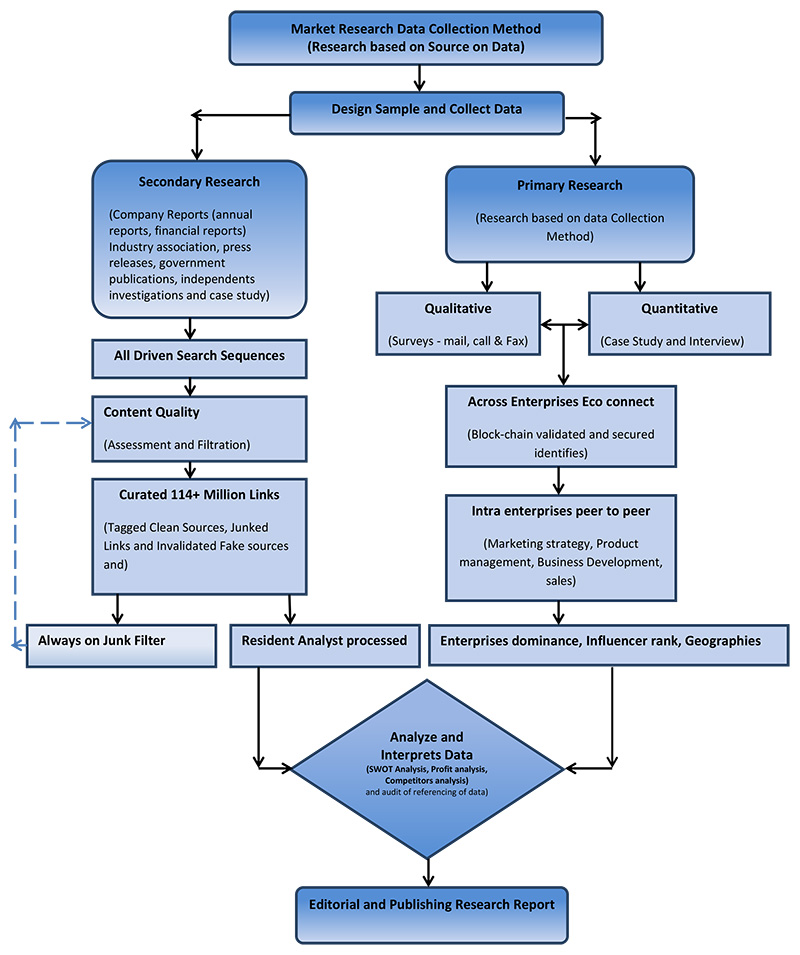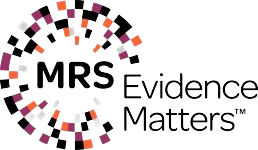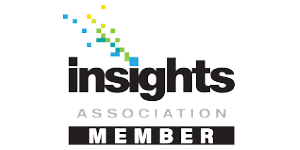Global Biosensors market – Overview
The report will cover the overall analysis and insights in relation to the size and growth rate of the “Global Biosensors market” by various segments at a global and regional level for the 2014-2027 period, with 2014-2019 as historical data, 2020 as a base year, 2021 as an estimated year and 2021-2027 as forecast period.
Global Biosensors Market – Introduction
Biosensors are medical devices that are primarily used to sense or detect the presence or concentration of biological substances, such as a biomolecule or a microorganism. They are analytical devices that can convert a biological response into an electrical signal. Biosensors majorly comprise three parts, including a component that identifies an analyte and produces signal, a signal transducer, and a reader device. Biosensors find their applications in food & beverages, environmental monitoring, home care diagnostics. and various nanomechanical biosensors. In addition, biosensor applications are also widely dominant in the field of plant biology to study metabolic processes.
Significant rise in chronic diseases such as diabetes across the globe, surge in biotechnology R&D, and increased demand for home care devices are the major factors that drive the biosensors market growth. In addition, considerable increase in preference of biosensors in glucose monitoring devices contributes to the market growth. However, high cost associated with these devices and lack of inclination toward adoption of new treatment devices are the major factors anticipated to hamper the market growth. On the contrary, technological advancements in biosensors to make them portable and easy to handle is anticipated to create lucrative opportunities in the future.
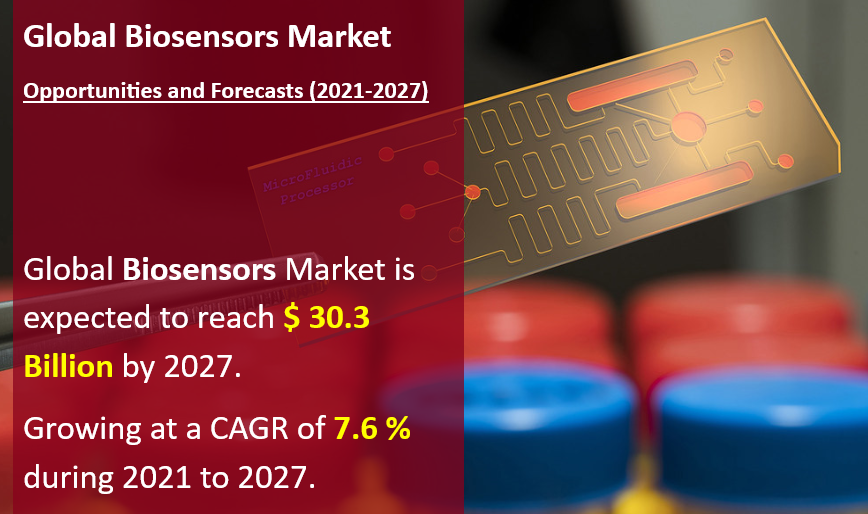
Global Biosensors Market Report Scope
- The scope of the report covers the clear understanding and overview of the product.
- Analysis of market trends in the region, with market data considering 2020 as the base year, 2021 as the estimate year and forecast for 2027 with projection of CAGR from 2021 to 2027.
- The report covers discussion of economic trends and technology.
- Market estimates represent revenue.
- In-depth analysis of the market segmentation assists in determining the prevailing market scope.
| Attribute | Details |
|---|---|
| Market size available for years | 2014–2027 |
| Base year considered | 2020 |
| Forecast period | 2021–2027 |
| Historical period | 2014-2019 |
| Forecast units | Value (USD) & Volume (Million Units) |
| Forecast units | Value (USD) & Volume (Million Units) |
| Segmentation | By Regions North America, Europe, Asia Pacific, Latin America and Middle East & Africa |
| By Countries United States, Russia, China, Germany, United Kingdom, France, Japan, Israel, Saudi Arabia, South Korea, United Arab Emirates, Canada, Indonesia, Malaysia, Switzerland, Australia, India, Italy, Sweden, Spain, Belgium, Netherlands, Norway, Brazil, Argentina, Mexico, South Africa and 54 Others. |
|
| By Type Embedded Device and Sensor Patch. |
|
| By Product Wearable Biosensor and Non-Wearable Biosensor. |
|
| By Application Point of Care, Home Diagnostics, Research Lab and Others. |
|
| By Technology Electrochemical Biosensor, Optical Biosensor, Piezoelectric Biosensor, Thermal Biosensor, Nanomechanical Biosensor and Others. |
|
| Companies covered | Abbott Point of Care Inc.; ABTECH Scientific Inc.; AgaMatrix Inc.; Anitoa Systems LLC; Binergy Scientific Inc.; Biolan Microbiosensores S.L.; Bio-Rad Laboratories Inc.; Cambridge Life Sciences Limited; F. Hoffmann-La Roche Ltd; GE Healthcare Life Sciences; I-SENS Inc.; LifeScan Inc.; Medtronic plc; MilliporeSigma; NeuroSky Inc.; Nova Biomedical Corporation; PerkinElmer Inc.; Sarissa Biomedical Ltd; Sensor-Kinesis Corporation and Others. |
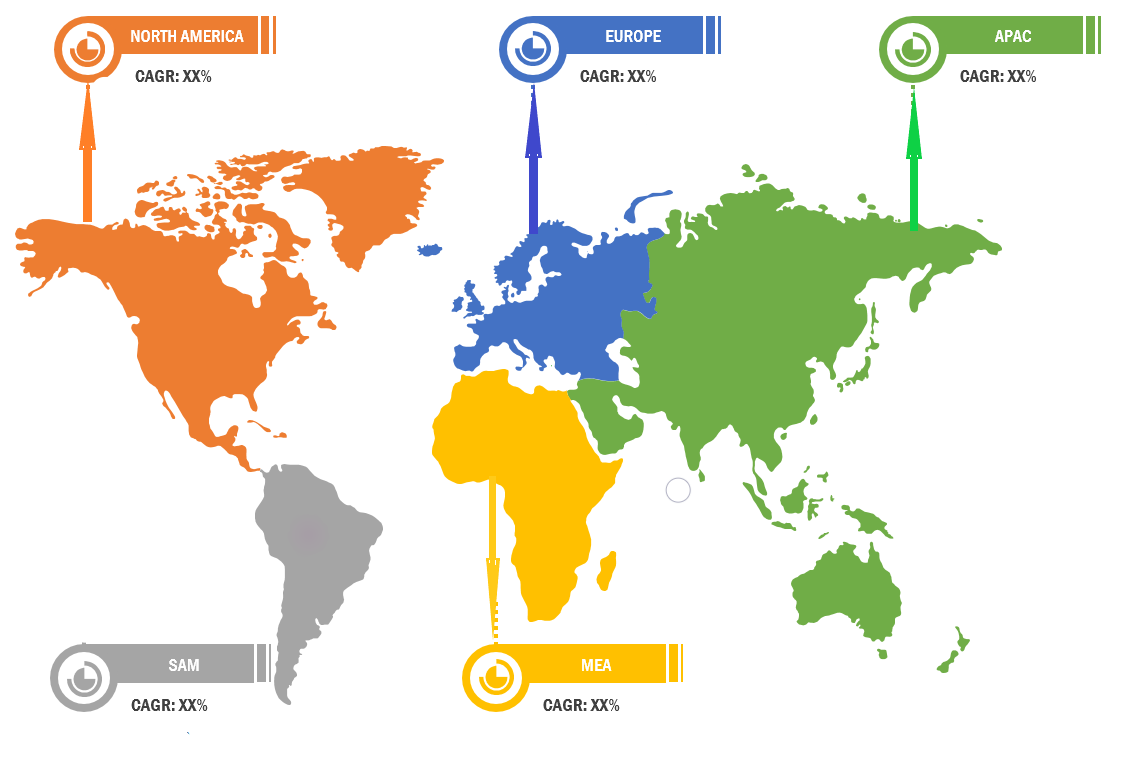
Segments Covered in Global Biosensors Market
- The market is segmented on the basis of product, technology and region. Based on product, the global biosensors market is divided into wearable biosensors and nonwearable biosensors. Based on technology, the market is classified into electrochemical biosensors, optical biosensors, piezoelectric biosensors, thermal biosensors and nanomechanical biosensors. Region wise, it is analyzed across North America, Europe, Asia-Pacific, and LAMEA.
Covid-19 Impact on the Global Biosensors Market
- COVID-19 has not only affected humanity but also has brought economic devastation around the world. This pandemic’s effect on the global economy is expected to be far more intense than the global financial crisis between 2008 and 2009. It is affecting the demand and supply chain, which will severely hurt global trade. The supply chain is the key to fulfill customer demands. Due to COVID-19, several countries put on certain restrictions on imports and exports of non-essential goods. However, due to the effectiveuse of biosensors in collecting analytical information, there has been no restriction on the supply and distribution of biosensors across the globe.
- Furthermore, due to partial and total lockdowns in different parts of the world, the demand for products has been hit in various industries. However, due to the time-saving and user-friendly nature of biosensors in collecting analytical information, their demand has increased drastically during the pandemic. Being an essential commodity greatly helped the market for biosensors evade the COVID-19 impact.
- In the initial period, due to complete lockdown, many companies either halted their production or operated with fewer employees. Moreover, product demand decreased in the initial phase, which led to downsizing the number of employees or reducing wages.
Recent Developments in Global Biosensors Market
- In January 2021, Roche signed a Global Business Partnership Agreement (GBP) with Sysmex to deliver hematology testing solutions. The new agreement aims to utilize the IT systems to lead to improved clinical decision-making and customer experience. This successful, long-running partnership continues to evolve and bring hematology testing innovations to laboratories globally.
- In December 2020, Abbott announced its next-generation, sensor-based glucose monitoring technology, FreeStyle Libre 2, which received approval by Health Canada for adults and children (4 years and older) with diabetes.
- In December 2020, Bio-Rad Laboratories announced the expansion of its joint marketing agreement with Siemens Healthineers, in which Bio-Rad will provide quality control products and Unity Quality Control data management solutions for Siemens Healthineers’ Atellica Solution platforms.
- In November 2020, Medtronic launched InPen integrated with real-time Guardian Connect CGM data. InPen is the first and only FDA-cleared smart insulin pen on the market for people on multiple daily injections (MDI).
- In October 2020, Bio-Rad Laboratories announced the global launch of its CFX Opus 96 and CFX Opus 384 Real-time PCR Systems, along with BR.io, a cloud-based instrument connectivity, data management, and analysis platform.
- In September 2020, Medtronic received US Food and Drug Administration (FDA) approval of its MiniMed 770G hybrid closed loop system. This newest insulin pump system offers the company’s most advanced SmartGuard technology, as featured in the MiniMed 670G system, with the added benefits of smartphone connectivity and an expanded age indication down to the age of 2 years old.
- In June 2020, Abbott and Tandem Diabetes Care finalized an agreement to develop and commercialize integrated diabetes solutions that combine Abbott’s world-leading continuous glucose monitoring (CGM) technology with Tandem’s innovative insulin delivery systems to provide more options for people to manage their diabetes.
Key Market Players in Global Biosensors Market
- The major players in the Global Biosensors Market are Abbott Point of Care Inc.; ABTECH Scientific Inc.; AgaMatrix Inc.; Anitoa Systems LLC; Binergy Scientific Inc.; Biolan Microbiosensores S.L.; Bio-Rad Laboratories Inc.; Cambridge Life Sciences Limited; F. Hoffmann-La Roche Ltd; GE Healthcare Life Sciences; I-SENS Inc.; LifeScan Inc.; Medtronic plc; MilliporeSigma; NeuroSky Inc.; Nova Biomedical Corporation; PerkinElmer Inc.; Sarissa Biomedical Ltd; Sensor-Kinesis Corporation and others.
- Also, the Global Biosensors Market analysis report includes information on upcoming trends and challenges that will influence market growth. This is to help companies strategize and leverage all forthcoming growth opportunities.
Objectives of the Global Biosensors Market
- To provide detailed information regarding drivers, restraints, opportunities and challenges are influencing the growth in the Global Biosensors Market.
- To analyze the competitive intelligence of players based on company profiles and their key growth strategies.
- To strategically analyze micro markets with respect to the individual growth trends, their prospects, and their contribution to the total Global Biosensors Market.
- To analyze competitive developments such as expansions, and product launches, along with research & development (R&D) activities undertaken in the Global Biosensors Market.
- A unique model is created customized for each study also offers suggestions that help enterprises to identify and mitigate risks.
Note
- Global Industry Reports will also support you post-purchase for a period of 6 months to answer any of your queries related to the following market and to provide you any more data if you need, for your analysis.
- Also, you can buy some selected Chapters from the report.




